
CASE STUDY
INDIE MUSIC LICENSING
SupaTunes
From Industry Collapse to Ecosystem Build
Challenge
400 artists. 12,000 songs. 40 TV networks. 20 countries. One decade building infrastructure where none existed.
In 2001, file-sharing destroyed the recorded music industry. Reality TV exploded simultaneously—every episode needed constant instrumental music. An entirely new marketplace emerged overnight.
Two broken systems sat side by side: Television networks and production companies desperately needed affordable music with easy clearance. Hundreds of hip-hop producers sat on top-quality beats with no access to sync licensing. Major labels still charged thousands per placement while controlling every door. Independent music could theoretically be licensed affordably—but urban production libraries were weak, created by people outside the culture.
The infrastructure didn't exist. I built it.
How do you connect worlds that have never intersected? How do you prove independent music created by grassroots artists is superior? How do you scale a marketplace while respecting creators?


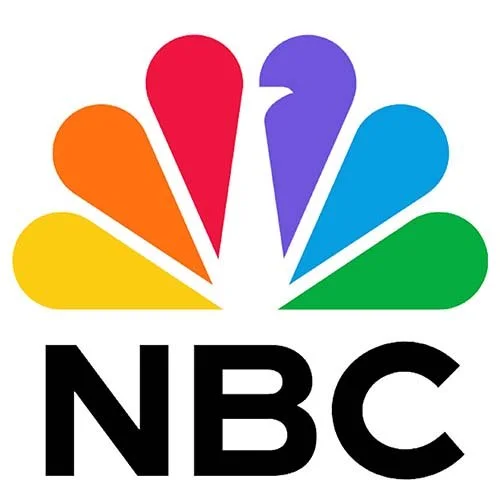




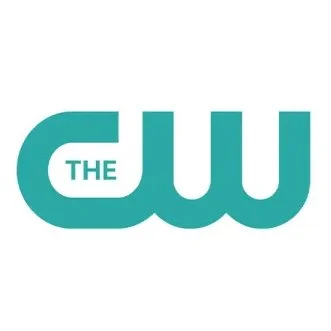




Solutions
In late 2003, MTV music supervisor Joe Cuello posted a call for Pimp My Ride looking for hip-hop tracks. My friend Zinndeadly told me about it. I submitted 44 beats. Joe loved them but offered only back-end royalties. I balked—I'd never made good money on TV that way.
Months later, Zinndeadly called: he'd just received a $3,000 royalty check from Pimp My Ride placements. I called Joe back immediately. I saw what the industry missed: if minimal placements could generate thousands, hundreds of musicians and beat-makers could benefit.
As a producer with credits on Interscope and Columbia Records who'd collaborated with Eminem and performed with KRS-One and Black Eyed Peas, I brought credibility that traditional licensing companies couldn't match. My ear was trained making records in the culture itself.
I only made urban music myself, but I knew and loved all genres. My hip-hop credibility opened doors—but what kept supervisors coming back was my ability to curate high-quality, album-ready material across urban, rock, pop, electronic, orchestral, and beyond. They weren't generic production music—they were authentic recordings that could elevate their shows.
I partnered with Sonicbids to issue open calls, personally reviewing submissions and selecting only the highest-quality music. Supervisors knew my ear carried a quality bar rooted in authentic artistic judgment. When they needed music, they called me.
I understood what many miss: relationships don't start with pitch meetings—they're earned through consistent delivery.
Between 2004 and 2010, I did just that. Joe Cuello became an ecosystem partner, introducing me to other supervisors. I connected with Louis Clark at Bunim Murray Productions the same way. When Louis rose to Director of Music at High Noon Entertainment, he brought my music with him.
By 2010, when Joe became SVP of Music at MTV, he arranged a meeting with MTV/VH1's entire music department at their headquarters in Santa Monica. I showed catalog quality, brought hard drives. Joe vouched.
That meeting didn't create success—it accelerated what six years of excellence had already built.
I built SupaTuner—a secure online database housing 2,800 curated tracks across all genres from my 12,000-song catalog. Supervisors could search by keywords, mood, BPM, genre; audition instantly; save and share playlists; download files with complete metadata.
For MIDEM in Cannes, I created SupaDrives—USB drives with 1,500 choice instrumentals that supervisors plugged directly into editing software. Sub-publishing partnerships across 20 countries opened new markets while ensuring artists received royalties for international airings.
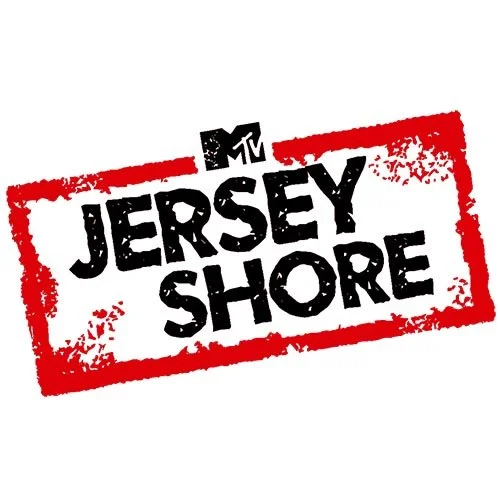
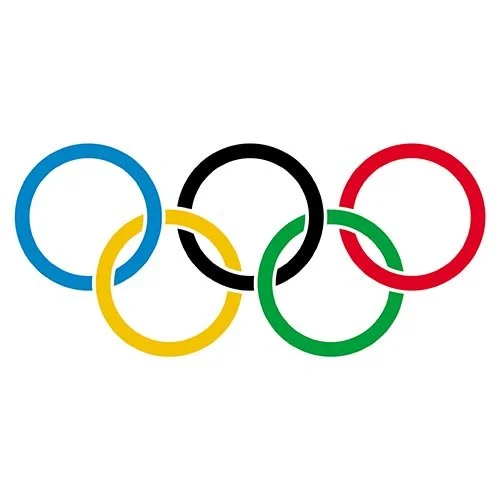










Results
Ten years created paid opportunities for 400 independent artists previously locked out of sync licensing.
My personal beats generated $80,000+ in royalties—proof before scaling. Notable placements: Reality TV (Jersey Shore, Bad Girls Club, Real Housewives, Teen Mom, Love & Hip Hop), sports broadcasts (US Open, NYC Marathon, Olympics, Wimbledon), network series (MasterChef, Beavis and Butt-Head, Top Gear), and film (No Strings Attached, Paramount Pictures).
SupaTunes placed music in 177 shows on 40 networks—from MTV to ESPN to National Geographic. The catalog served every need, but the hip-hop credibility was what made supervisors trust the whole library.
Jerrin Howard had 89 beats in SupaTunes' library and went on to produce "Lotus Flower Bomb" by Wale (Maybach Music/Warner Brothers), which peaked at #38 on Billboard Hot 100 and sold 630,000 copies.
The 20-country partnership network turned single songs into multi-territory revenue streams. I put many artists on TV for the first time. SupaTunes capitalized on reality TV's golden era (2004-2014) before major production music companies discovered the market. By then, my decade had already created lasting transformation: an ecosystem where independent creators made real money, got their music on major networks, and proved their material was superior. The strategic lesson: timing matters—build infrastructure when markets are nascent, establish credibility before others arrive, then exit or pivot as the landscape matures.
This is strategy that flows.
Impact
400
Independent artists represented worldwide
200+
Artists with confirmed TV placements
40
Networks served including MTV, ESPN, VH1, Discovery
177
TV shows airing SupaTunes music from Wimbledon to Cribs
20
Countries in partnership network
10 years
Sustained operation (2004–2014)
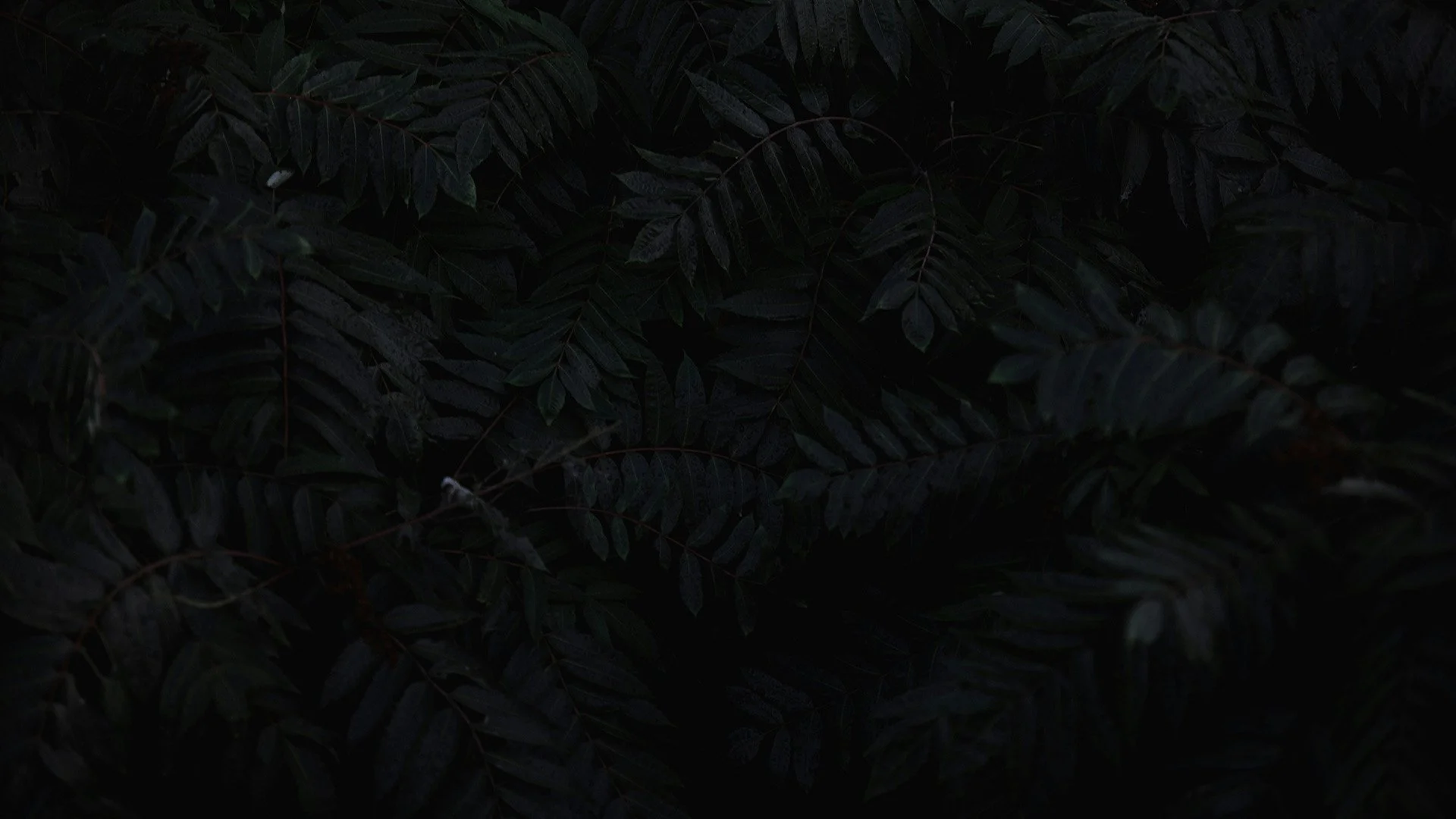
“SupaTunes is an innovative and reliable collection of fresh music.”
—Joe Cuello, SVP Music, MTV
“Mark put my music in the editing rooms of some of the biggest shows on TV.”
—Charley Hustle, Artist

